Ampler Bikes
Design System
Ampler creates lightweight e-bikes that merge minimalist design with smart technology. To align their digital ecosystem — from e-commerce to mobile app and on-bike interfaces — they needed a unified design system. I conducted a full design audit and developed a token- and component-based UI system, thoroughly documented in Figma to streamline collaboration between design and engineering.
| Products | Design System for Web, App & LCD display |
| Role | Audited existing design files and identified inefficiencies, Built the system architecture in Figma from scratch, Defined naming conventions and scalable structures, Maintained documentation in Figma for cross-team alignment, Collaborated with developers to ensure accurate implementation |
| Skills | Design systems strategy, Figma component architecture, Token logic, Multi-platform design, Design documentation, Design–developer collaboration |
| Team | Ampler Design Department (Anna Skopp, Jörgen Kursk, Kaur Kask, Tobias Textor), Ampler Software Engineering Department (Andrii Hrynchuk, Karim Megahed, Margit Loo, Helena Lissenko, Küllike Kimmel, Janita Raudsepp) |
| Client | Ampler Bikes |
Task — Building a unified multi-platform design system
As a fast-growing e-bike company, Ampler Bikes needed a scalable design system that could support multiple digital touchpoints and ensure consistency, efficiency, and scalability. The goal was to create a scalable, consistent, and efficient design system that worked seamlessly across their three core products:
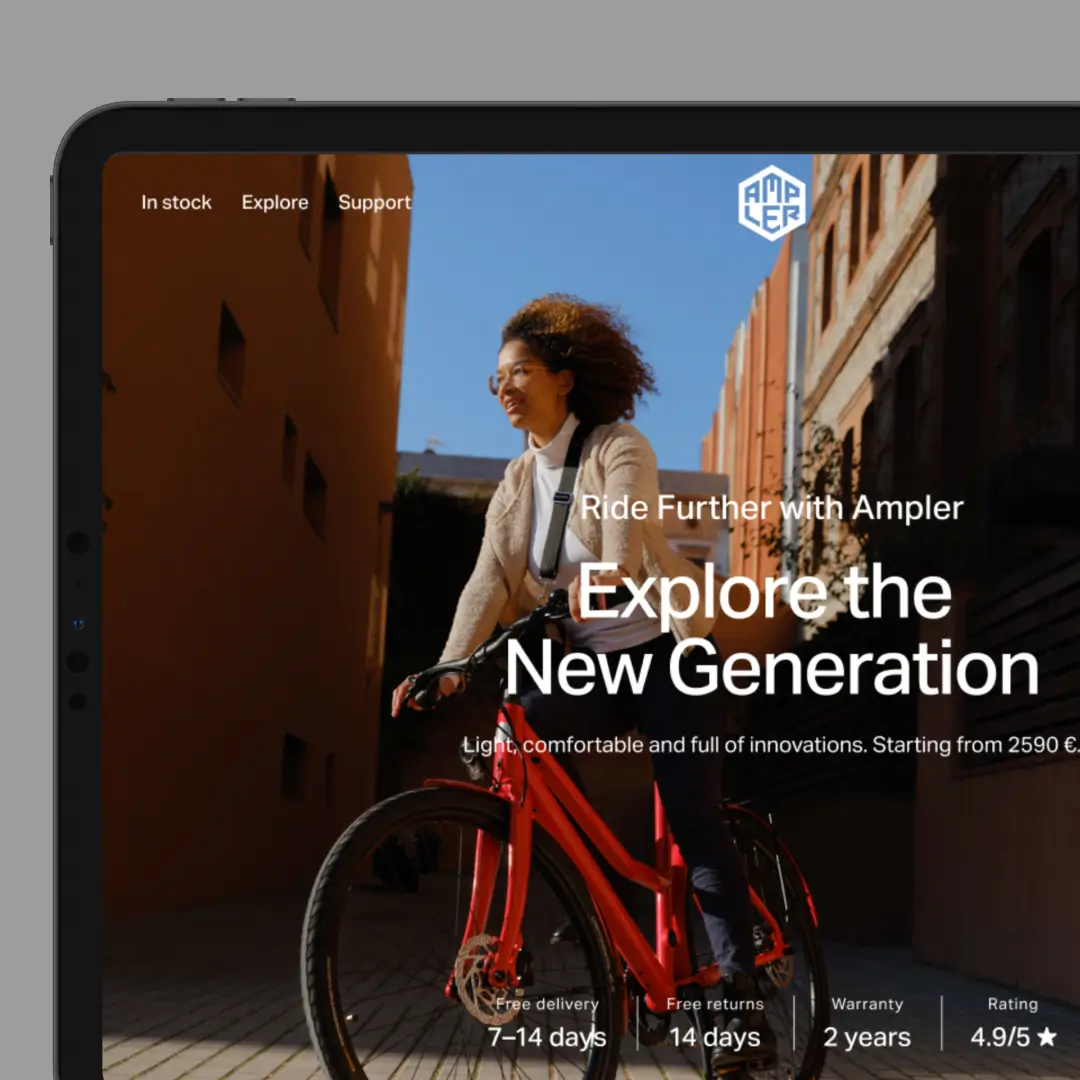
Website
E-commerce platform featuring a custom bike configurator, immersive brand storytelling, and a dedicated support hub.
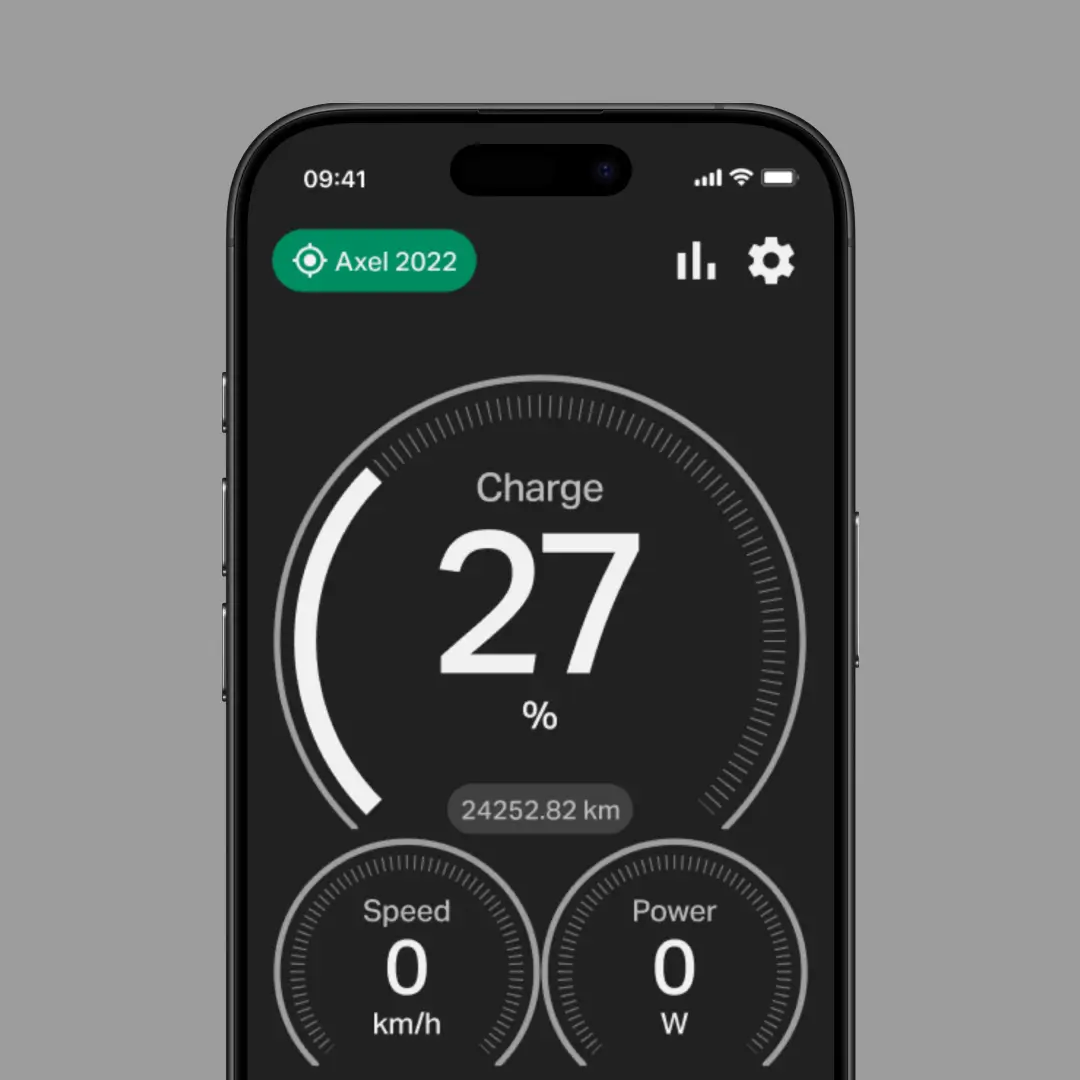
App
Mobile application for adjusting bike settings, enabling theft protection, GPS tracking, and ride customization.
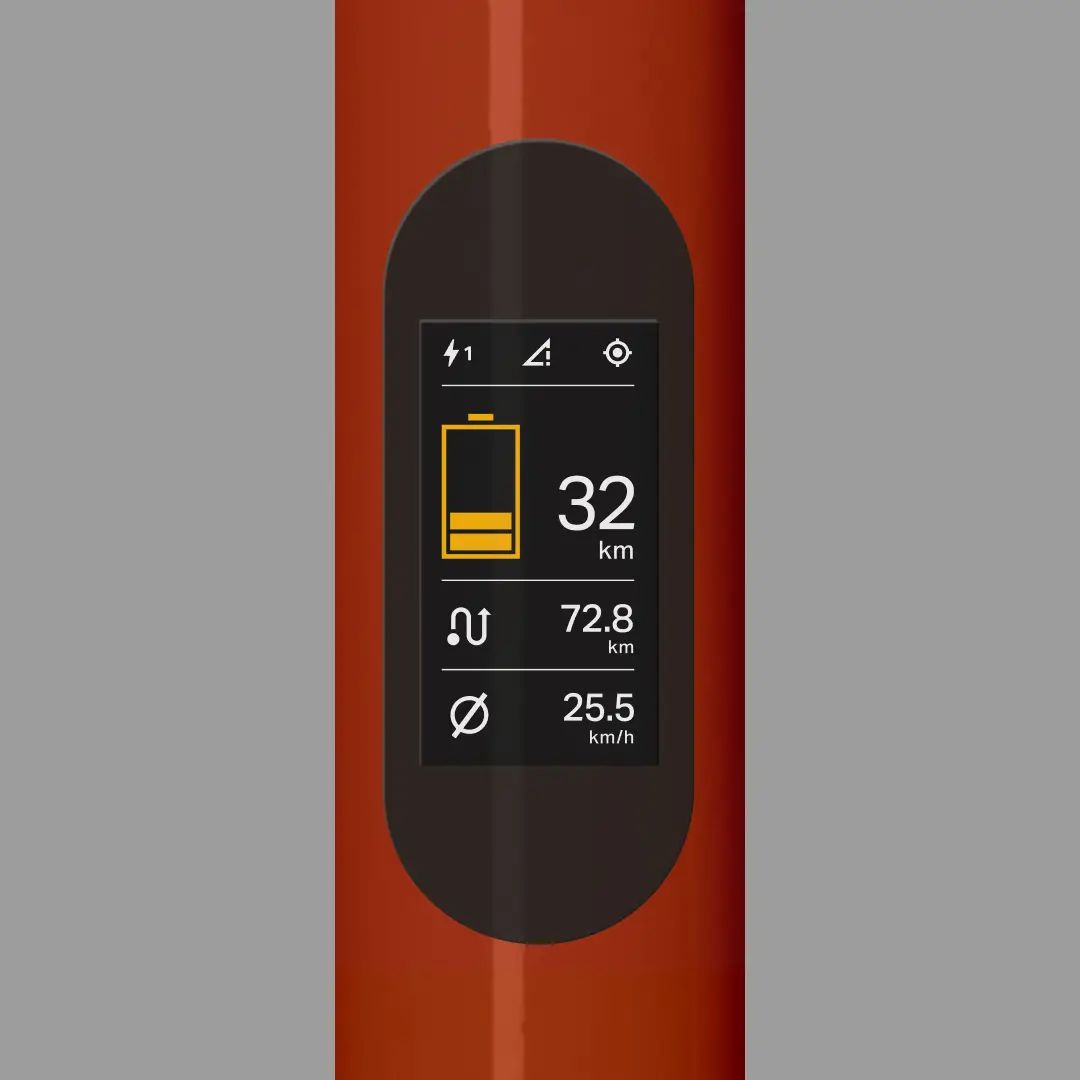
LCD Display
Integrated top-tube display providing real-time e-bike vitals, ride statistics, and battery insights.
Project Roadmap
1
Research
Analyzed all digital touchpoints (web, app, bike UI) and identified visual inconsistencies and UX gaps.
2
Systemization
Defined the core design elements: typography, color, spacing, and component variants.
3
Documentation
Created comprehensive Figma libraries with clear usage guidelines and example patterns.
4
Integration
Collaborated with developers to implement the system, ensured QA, and iterated on feedback.
Systematizing UI — A Foundation of Tokens, Grids, and Logic
When I started building Ampler's design system, Figma offered no component variants or variables. I began establishing a foundation of reusable components and created a structured design library in Figma. Later, I extended it with variants and variables as Figma evolved. The system grew into:
- Primitives: colors, spacing, typography, elevation
- Components: buttons, forms, navigation, cards
- Patterns: layouts, bike configurator flows, app dashboards
Core Styles
Primitive & Semantic Variable Collections
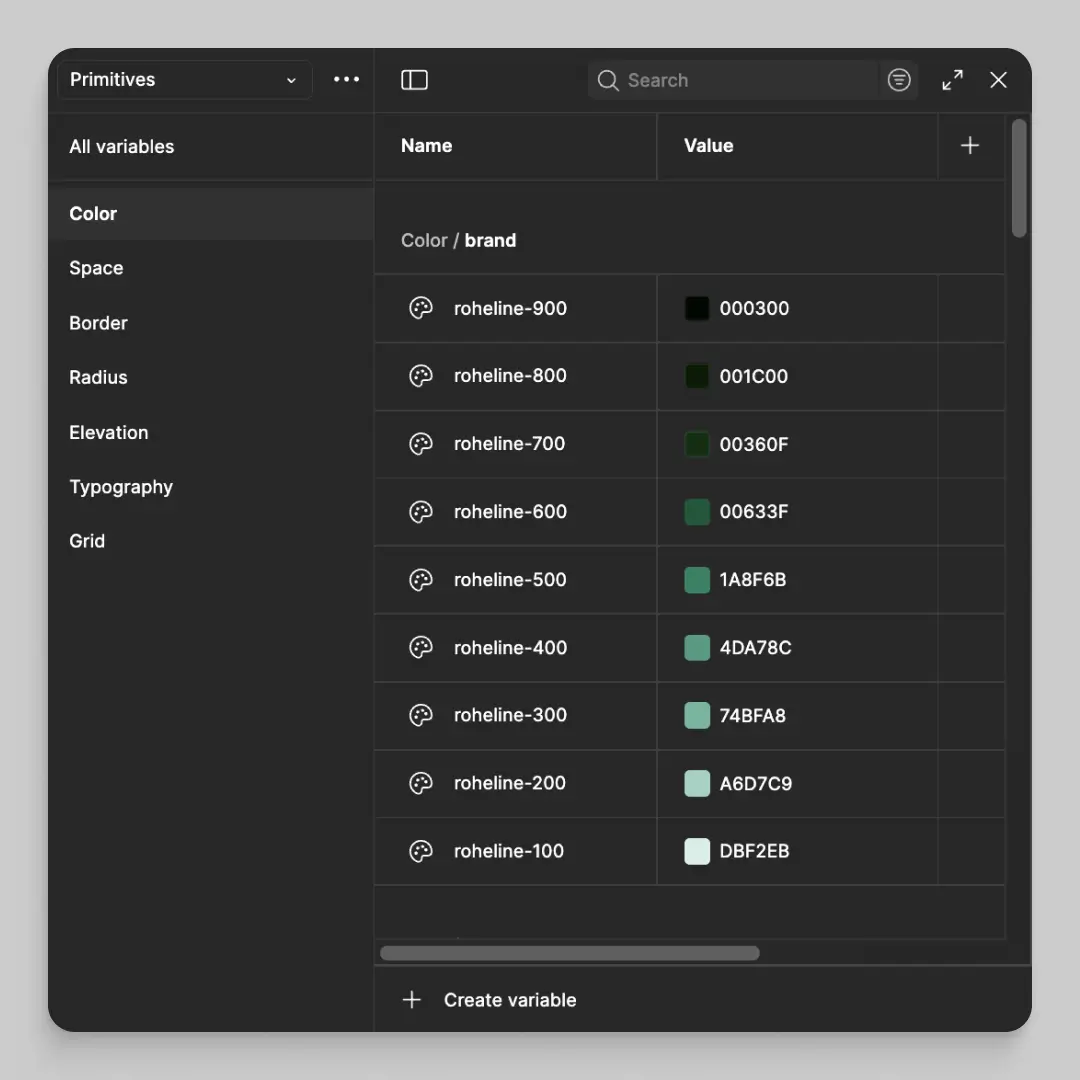
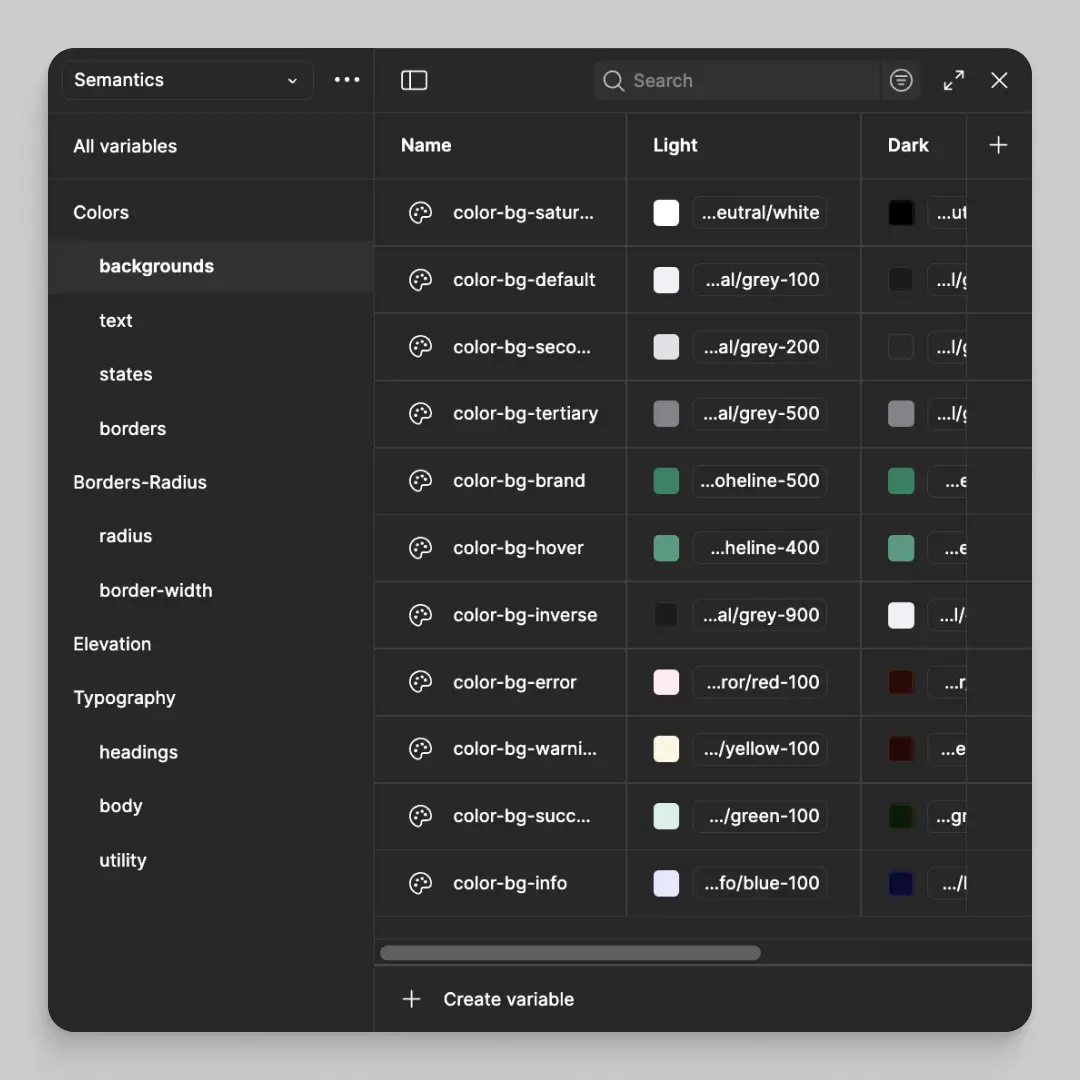
Collaboration & Documentation — Aligning Design and Development in Figma
The initial documentation was fragmented across files, making consistency and handoff difficult. To align with developers, we kept documentation directly in Figma, ensuring that design and code stayed in sync without external tools. Components were structured with variants, states, and responsive behavior in mind.
- Documented logic inside Figma using naming conventions
- Component usage guidelines
- Interaction notes (e.g. hover/pressed, active, disabled)
- Real-time feedback and versioning
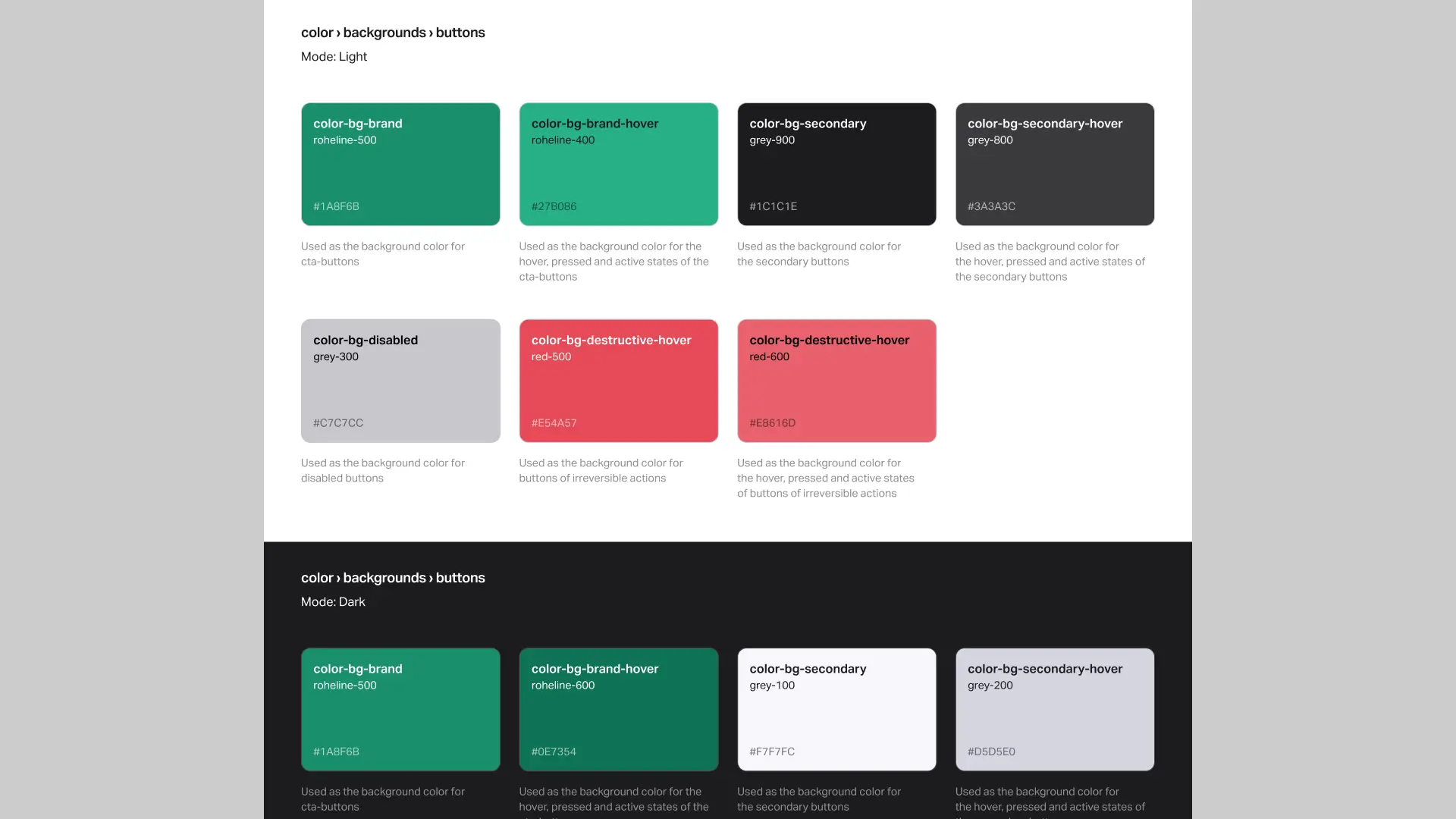
Design systems are not just about consistency — they’re about shared understanding. — Brad Frost
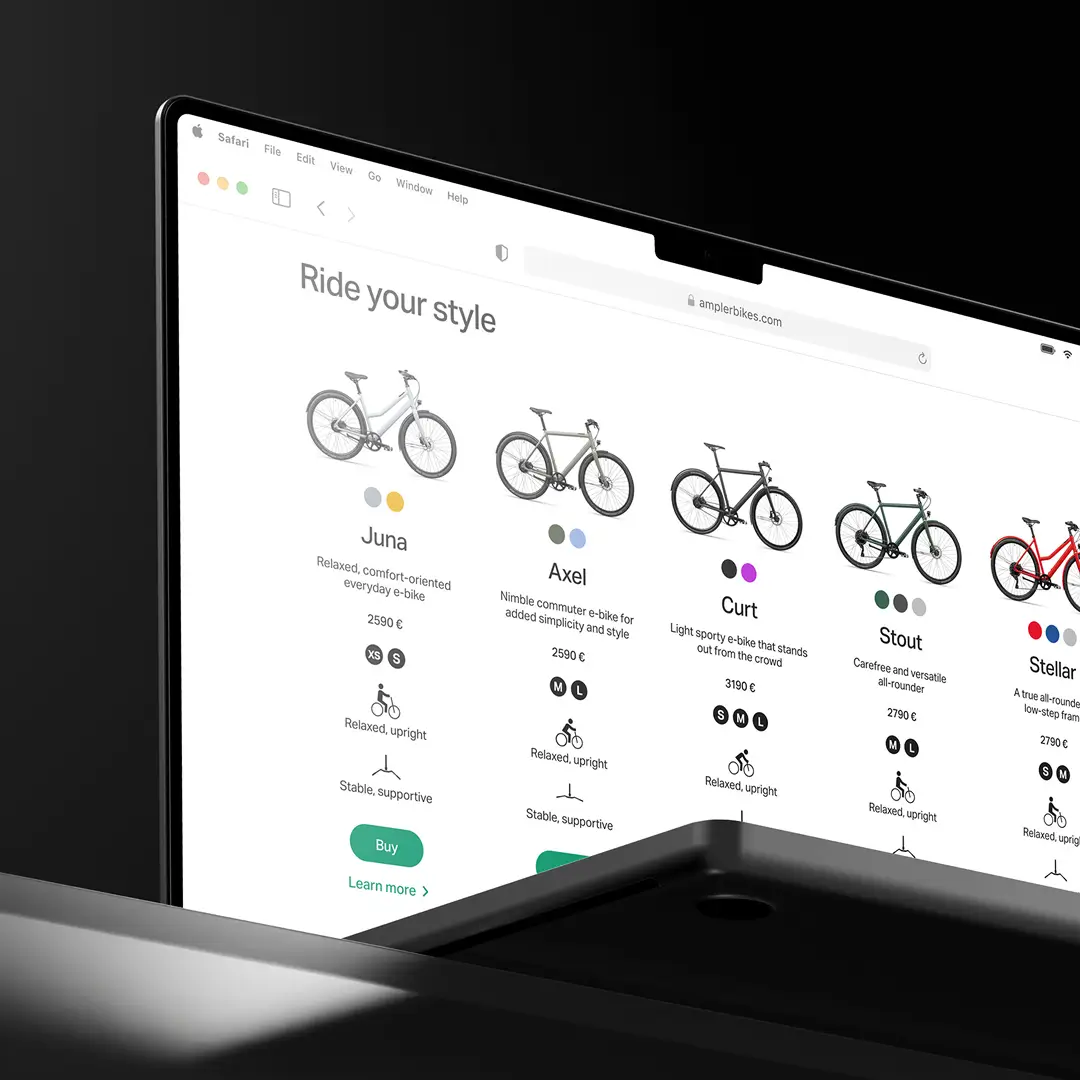
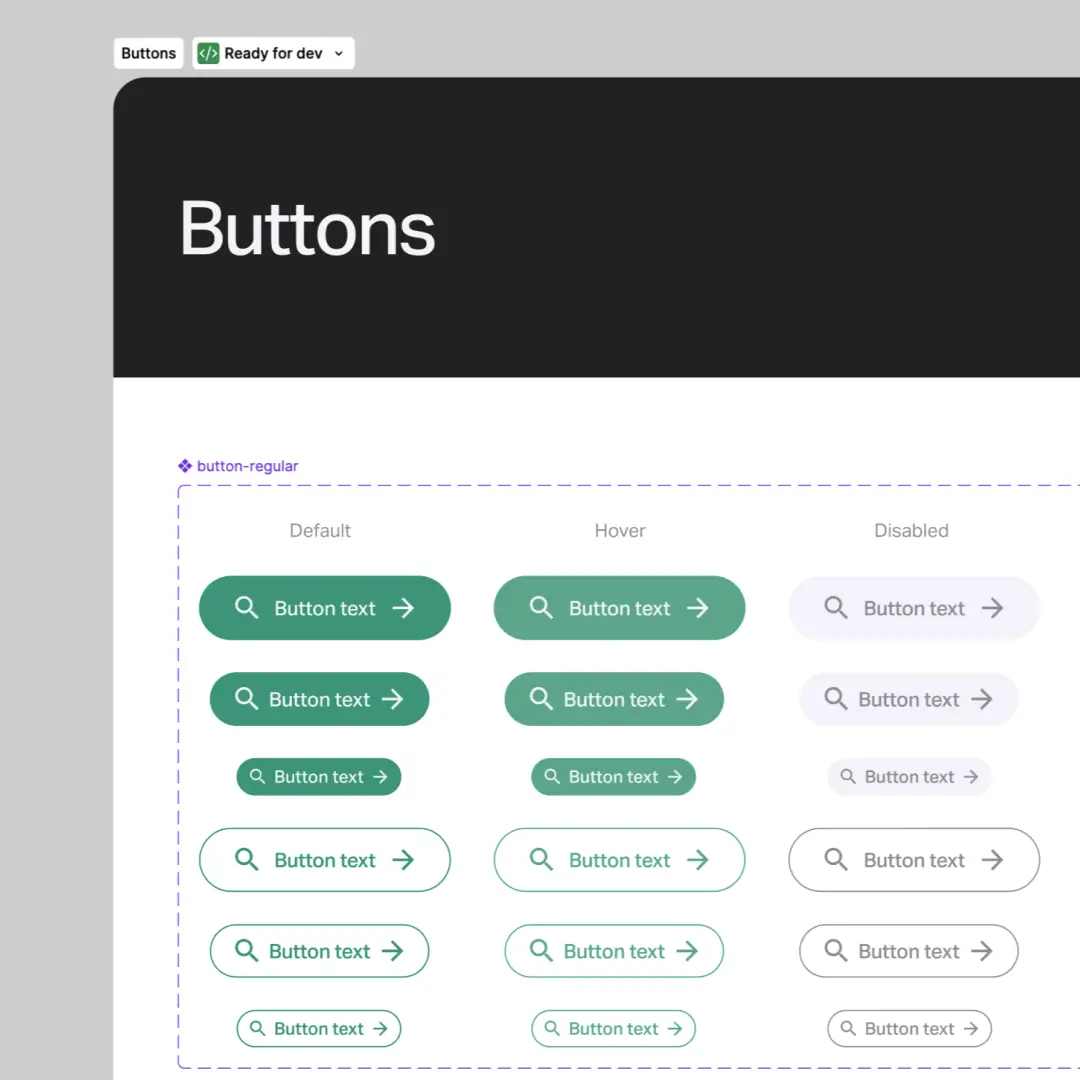
One System, Three Platforms — Web, App, and Bike UI
For the system to work across three platforms solutions included:
- Shared design principles across all surfaces
- Flexible component variants
- Simplified type and icon sizes for LCD
Web — Marketing & E-commerce Website

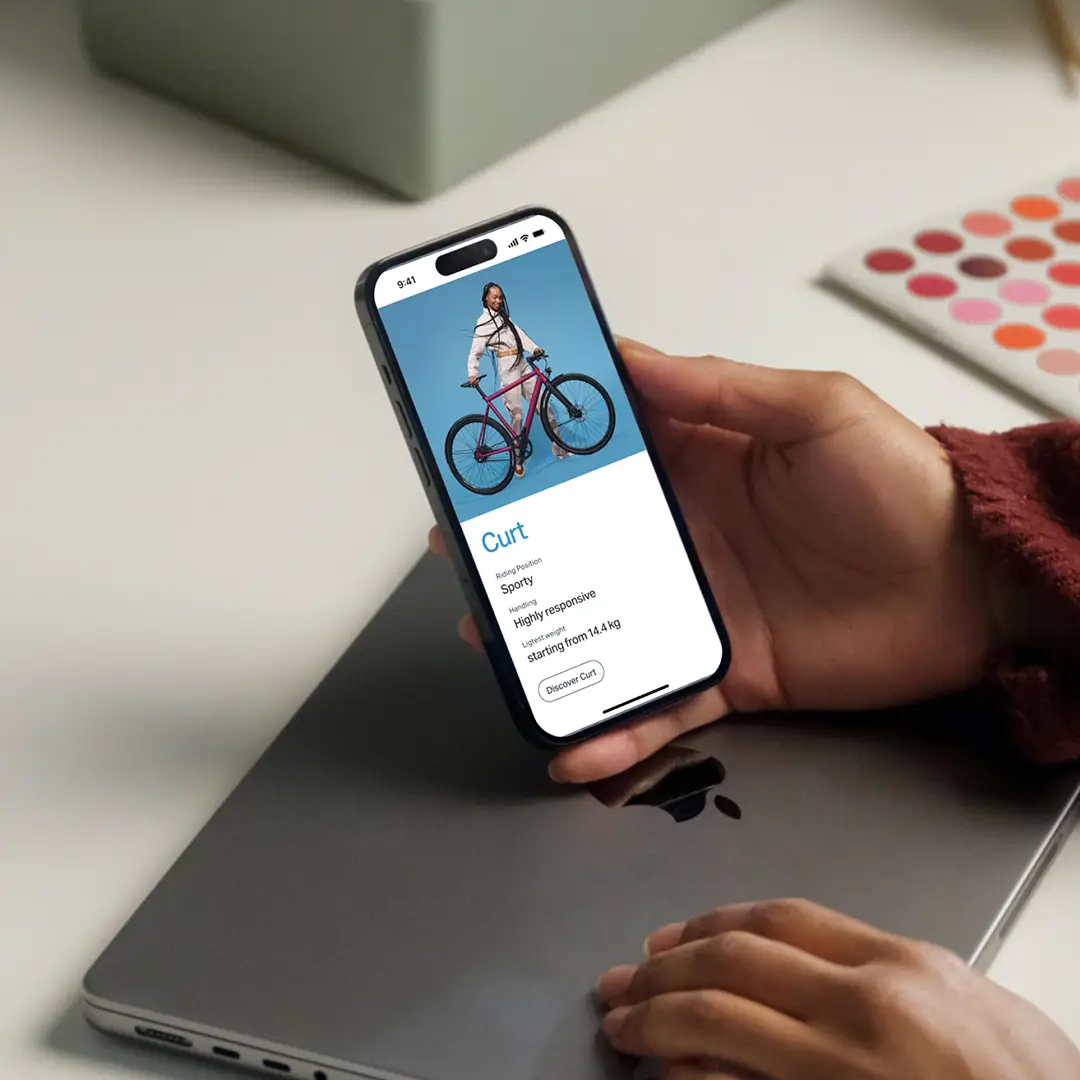
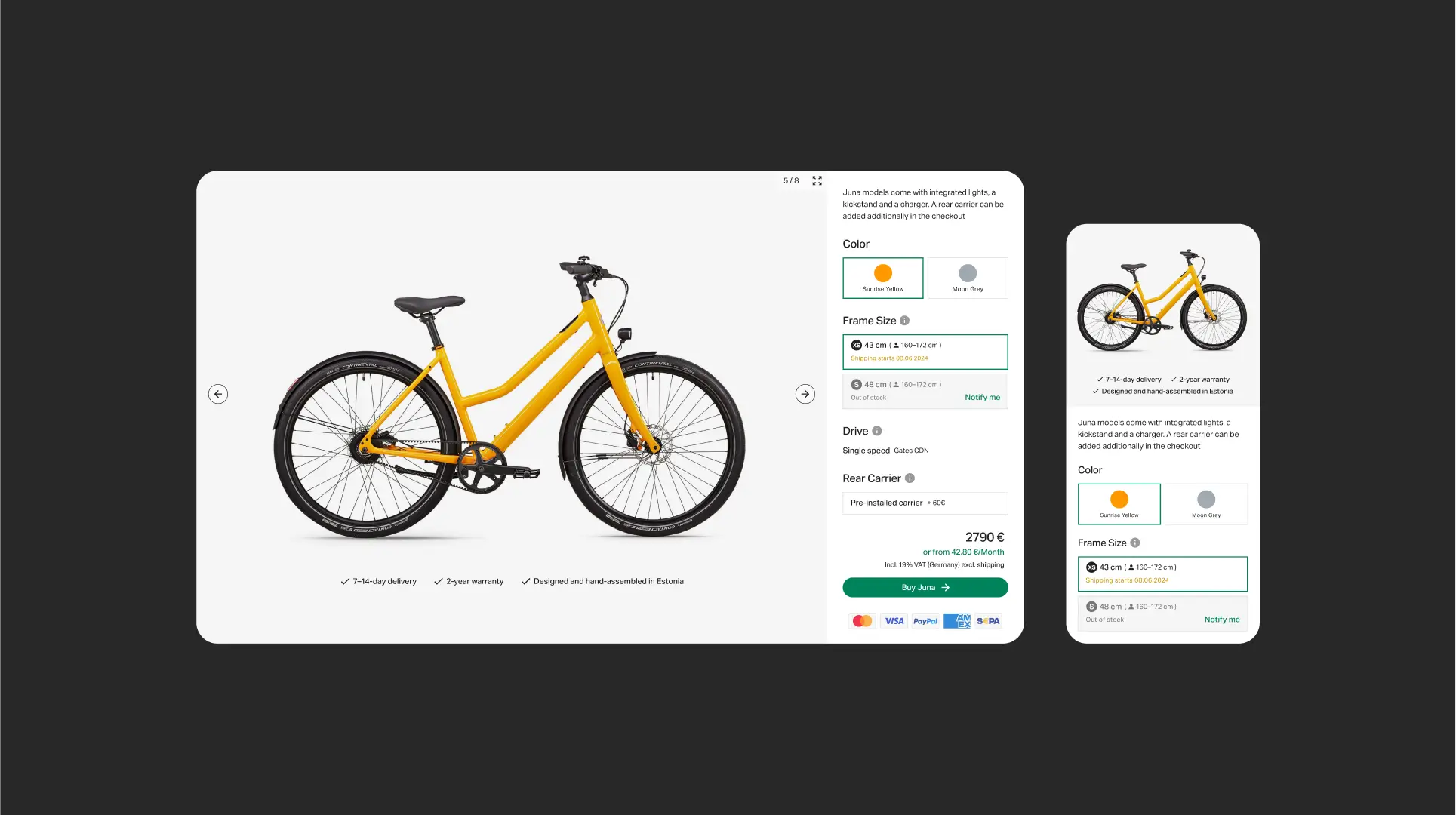
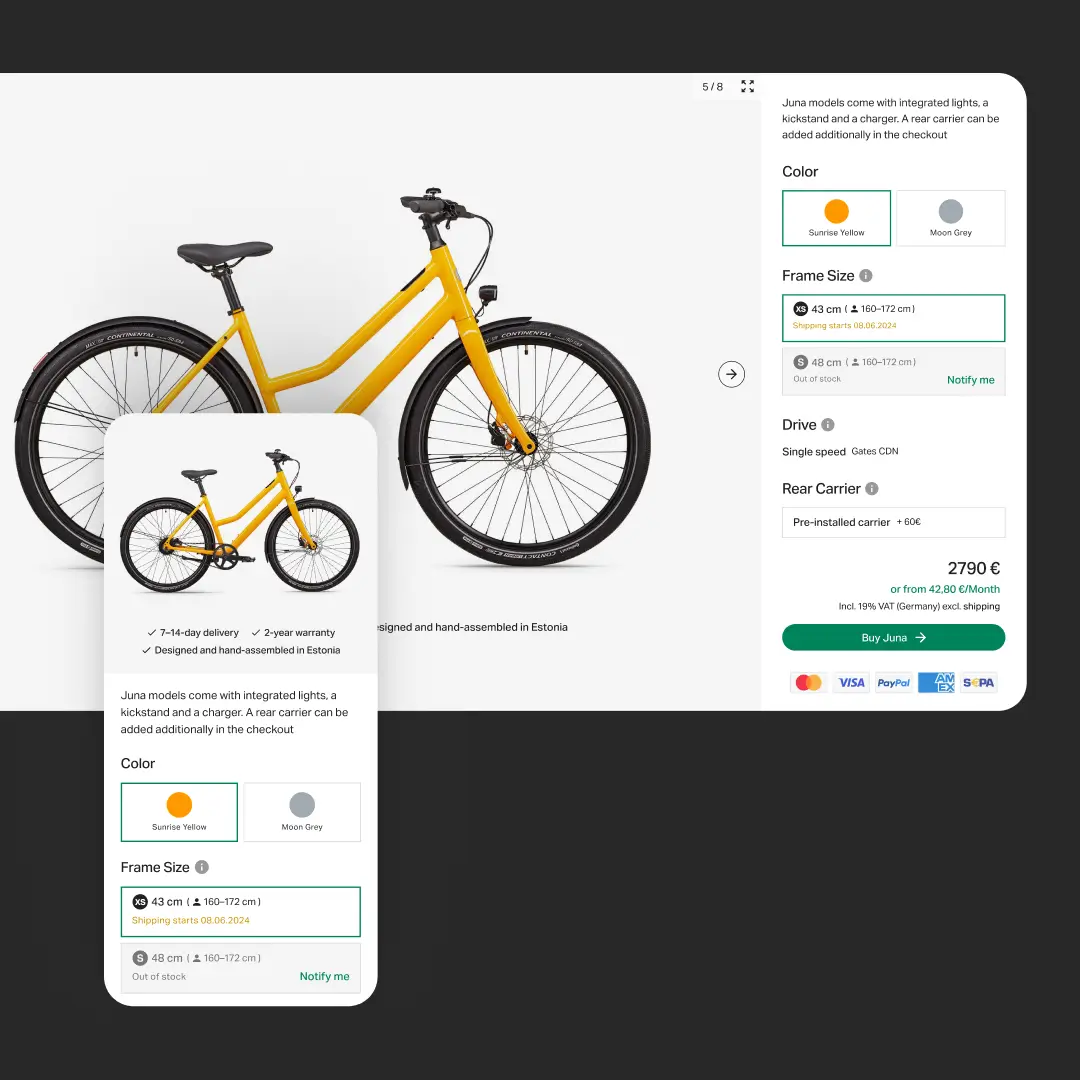
Mobile App — Ampler Companion App
LCD Screen — Ampler ABC Unit

Design systems scale design across contexts — not just screens. — Nathan Curtis
Results & Reflection — A scalable design ecosystem
The final design system enabled:
- Faster prototyping and iteration cycles
- Clear naming conventions and hierarchy
- Consistency across web, app, and bike interfaces
- Improved developer–designer collaboration
- Supported Ampler’s growth into new markets with a strong, cohesive brand identity
The design system became a single source of truth, supporting ongoing growth and brand scalability.
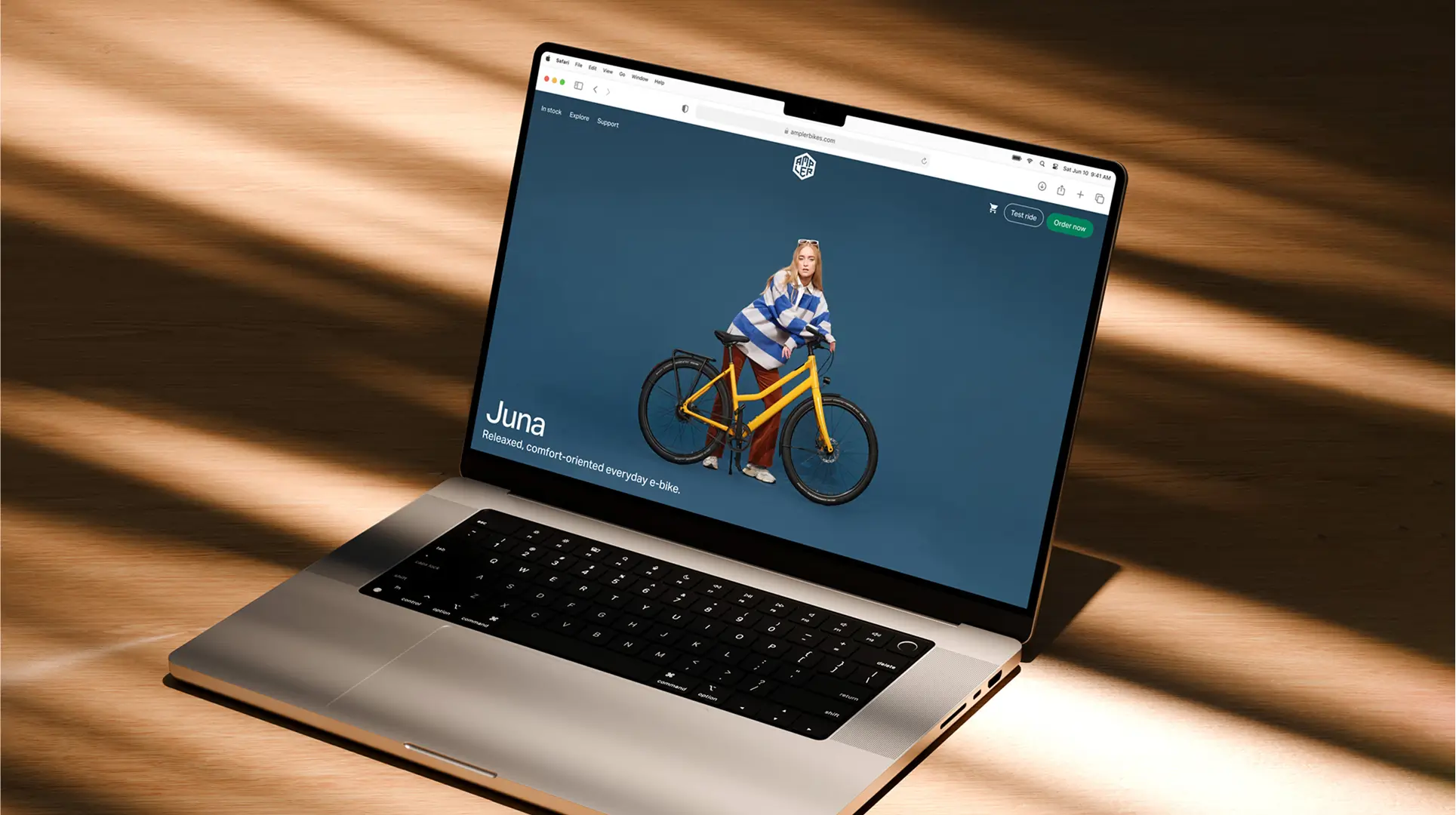
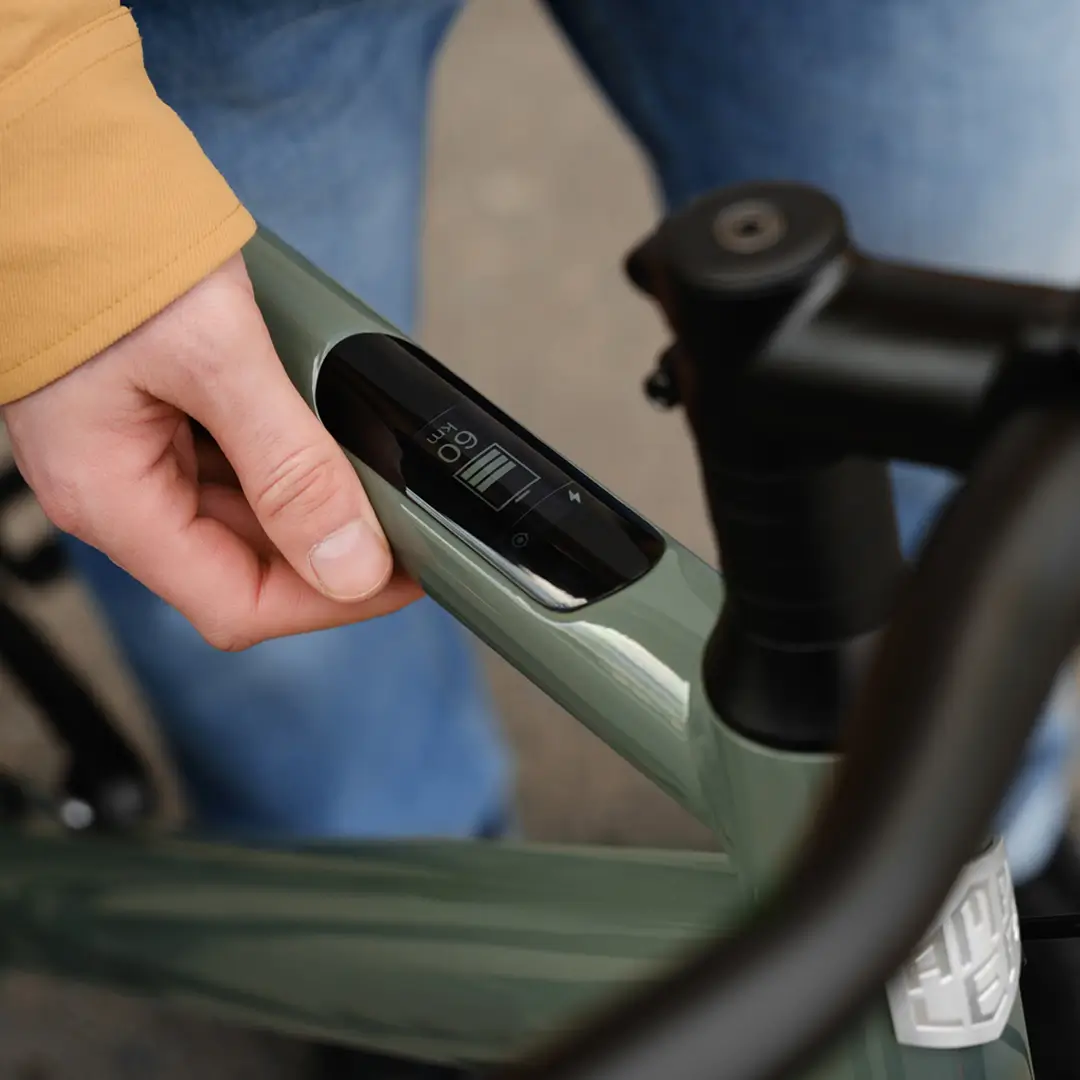

© Anna Luise Skopp, 2024
Text, images, code made with 💕and ☕
Text, images, code made with 💕and ☕
© Anna Luise Skopp, 2024